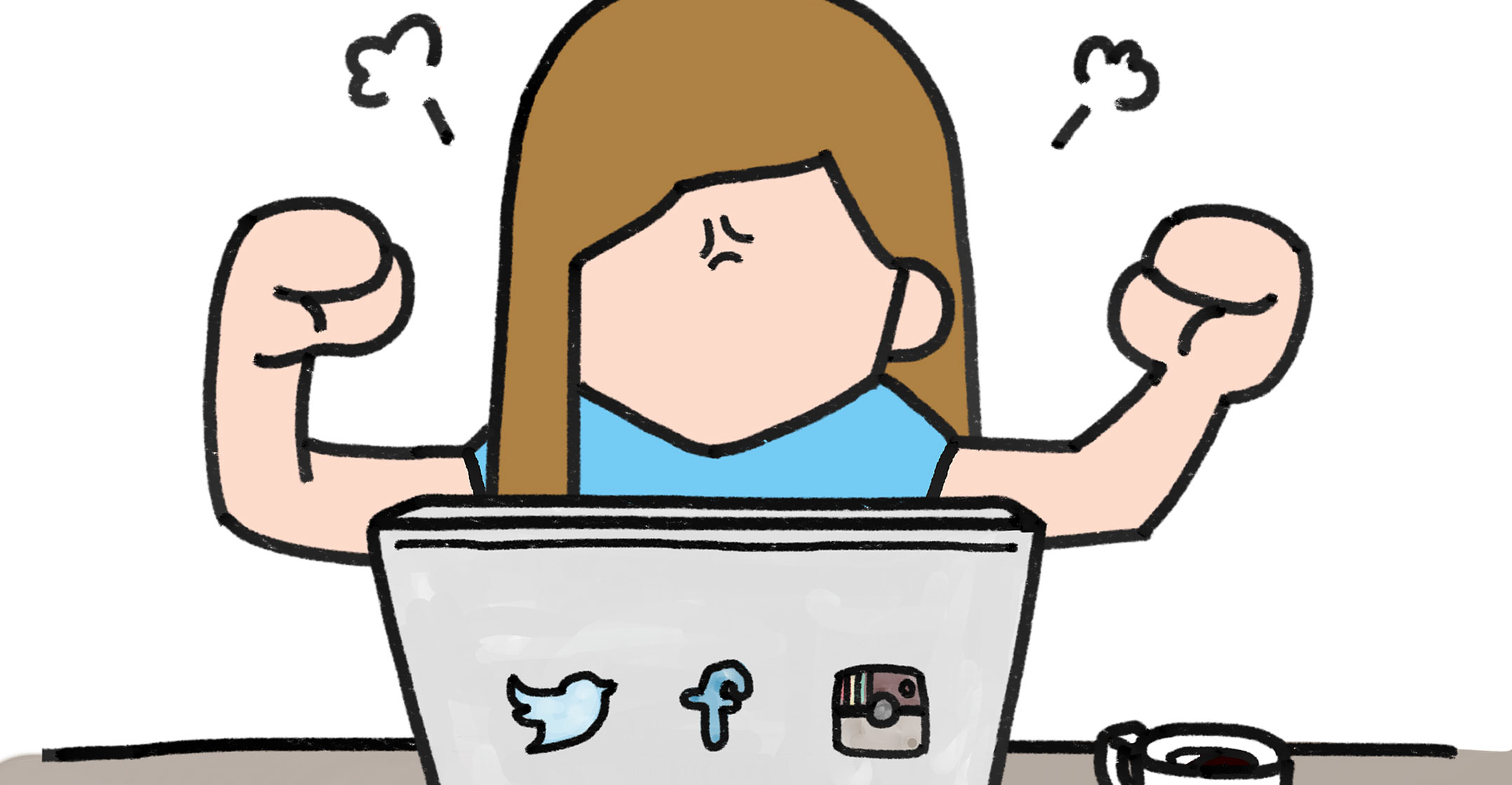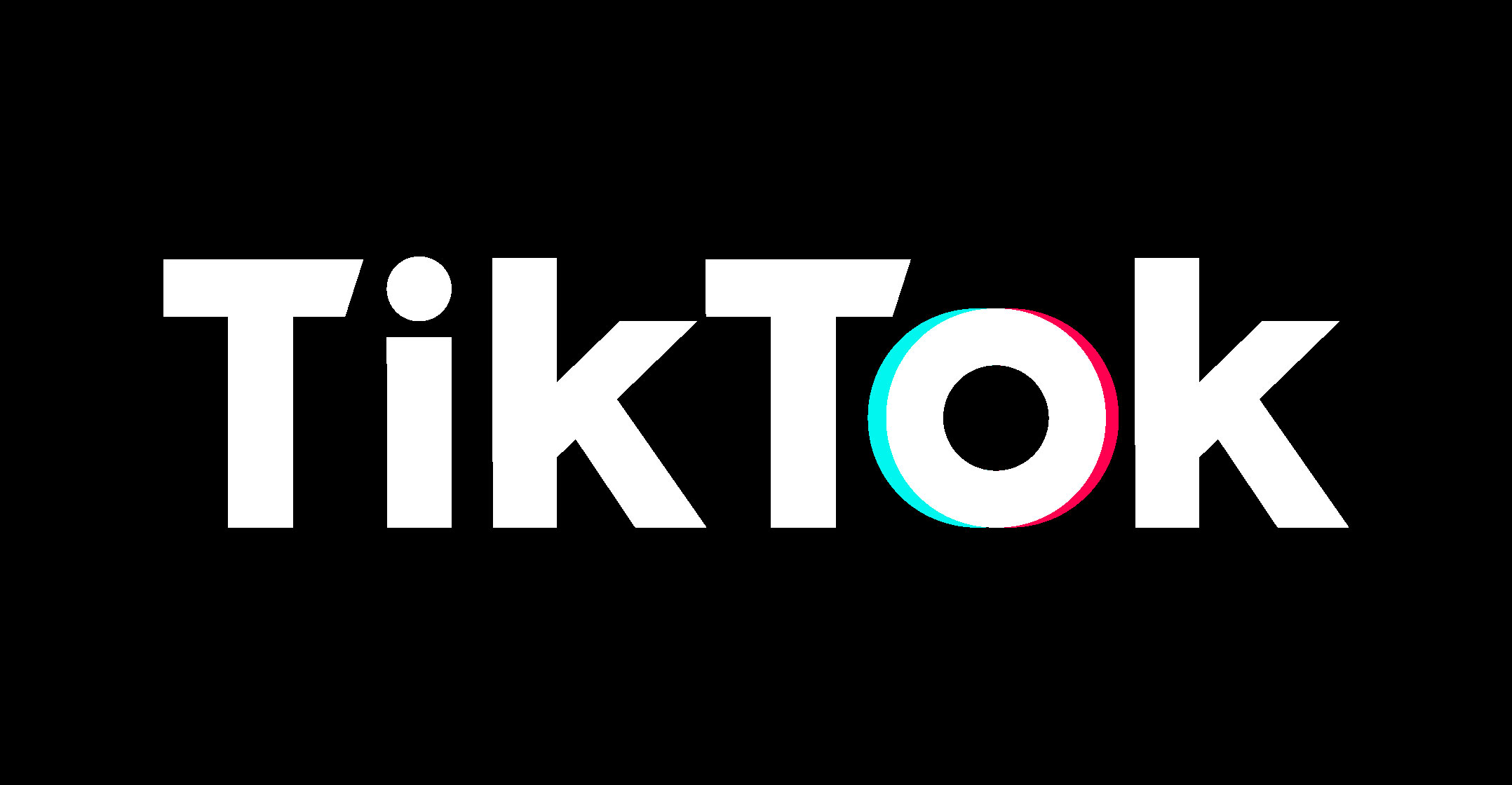“Oh, I like her,” she says, referring to a berry-toned lipstick. Sarah Hyland, the 29-year-old funny actress best known for playing Haley Dunphy on Modern Family, is trying on makeup for an Instagram Live audience while at home riding out the pandemic, seemingly as bored as the rest of us.
It’s by no means a production: just Hyland in front of her cellphone, using an in-app filter that gives her eyeliner and oversize lashes, sitting at what looks to be a desk, weeding out her cosmetics collection.
I don’t know why I’m watching. “Why am I watching this?,” one of her thousands of other viewers suddenly posts in the scrolling comments, as if from my thoughts to that person’s fingertips.
Having our normal daily lives upended by the coronavirus has heightened the demand for entertainment — and not just Netflix. We’re looking for content that provides some semblance of human connection, intermittent LOL moments to briefly escape reality. As Kevin Roose put it in the New York Times last week, “The virus is forcing us to use the Internet as it was always meant to be used.”
There’s also something comforting about seeing celebrities going through the same thing as everyone else, flattening the societal hierarchy so that their feeds run alongside that of our own friends and families. Social media is a place for wholesale interaction, whether it be through memes, amateur TikTok dances, silly Snapchat snaps, Instagram boomerangs of the night’s meal or photos of the view outside, where we all suddenly wish we could be. It’s just enough pleasant distraction; we don’t have to commit our full attention to a 45-minute TV episode, especially when there’s already too much lonely, idle couch viewing happening because of the shelter-in-place orders.
Yearning for connection
Kantar, a consumer research firm, is finding that as countries move deeper into the pandemic, TV viewing and social media engagement both rise by more than 60%. (At that rate, we could quickly grow bored with apps like Netflix and Disney+.) The US may still be in the relatively early stages, but in Italy, one of the hardest-hit countries, Facebook said that Instagram and Facebook Live views doubled in a week.
That yearning for connection is giving more adults a window into why younger people are so amused with watching their peers and celebrities just going about their lives — even when they appear to be doing nothing special at all. George Costanza would love it: videos about nothing.
But if that is what’s missing from Netflix and other TV, could it be that someday it’s not? Perhaps the future of streaming is to aggregate both studio-produced content and user-generated content in a way that allows you to seamlessly scroll between both. That’s how we’re starting to use entertainment, but that’s not yet how it’s delivered to us. Facebook Watch is a step toward the idea, though it has a long way to go. And Google’s YouTube is more of a video-search platform than a sit-back-and-stream service (notwithstanding its YouTube TV subscription for live programming).
 Quibi, a streaming app launching on 6 April, borrows from the brevity of user-generated social content, but leaves out the human-connection aspect. It’s the brainchild of Jeffrey Katzenberg and Meg Whitman, a pair of Hollywood and tech old timers, who say the name is short for “quick bites” (though it’s pronounced “qwih-bee”). All of its programmes will have episodes that are 10 minutes long or less. Plenty have scoffed at the idea of Quibi trying to get 25- to 35-year-olds to pay US$5/month for an app with bite-size content that still contains ad interruptions. Yet, Katzenberg and Whitman have managed to raise nearly $2-billion for the service and have struck production deals with major studios and entertainers, including Chrissy Teigen and actress Sophie Turner.
Quibi, a streaming app launching on 6 April, borrows from the brevity of user-generated social content, but leaves out the human-connection aspect. It’s the brainchild of Jeffrey Katzenberg and Meg Whitman, a pair of Hollywood and tech old timers, who say the name is short for “quick bites” (though it’s pronounced “qwih-bee”). All of its programmes will have episodes that are 10 minutes long or less. Plenty have scoffed at the idea of Quibi trying to get 25- to 35-year-olds to pay US$5/month for an app with bite-size content that still contains ad interruptions. Yet, Katzenberg and Whitman have managed to raise nearly $2-billion for the service and have struck production deals with major studios and entertainers, including Chrissy Teigen and actress Sophie Turner.
Social media used to be something college kids did on their laptops, separate from TV time. Now we all do it on our phones, often while the TV is playing. It shows that what’s missing from Netflix, Disney+ and all the other emerging streaming ecosystems is the ability to connect with one another. — Reported by Tara Lachapelle, (c) 2020 Bloomberg LP





